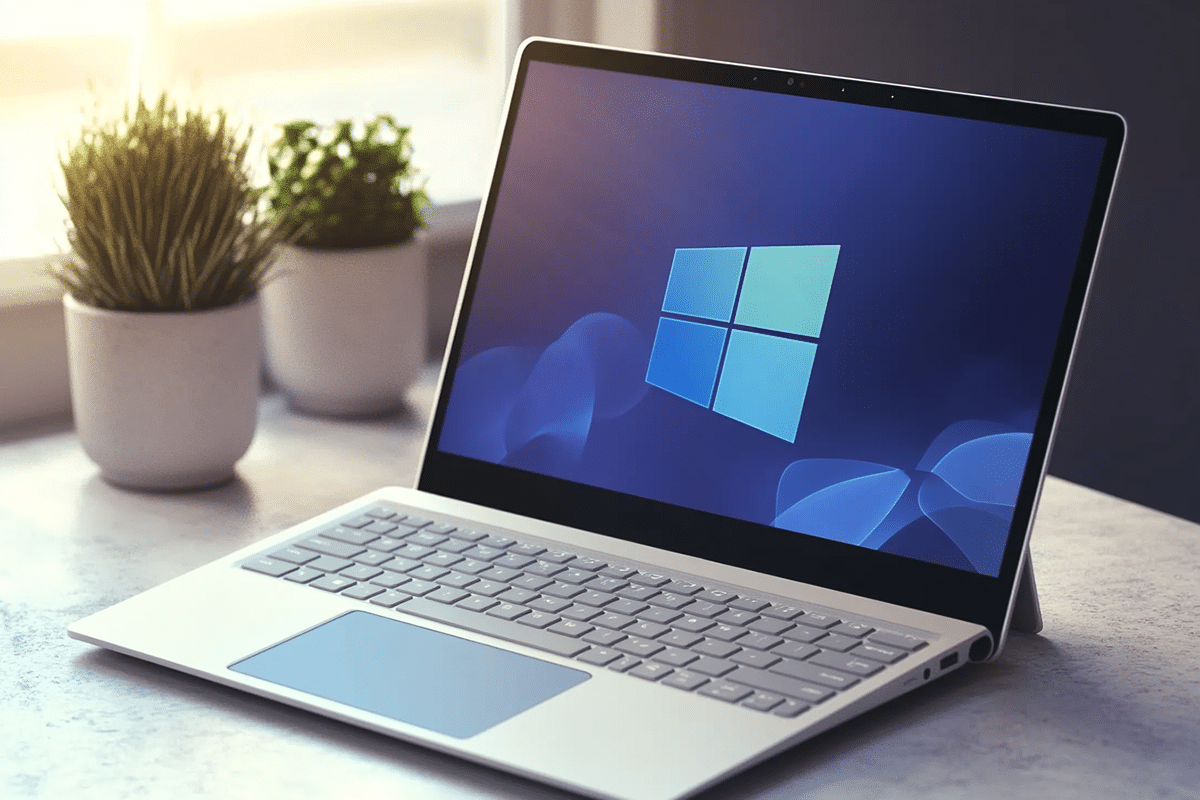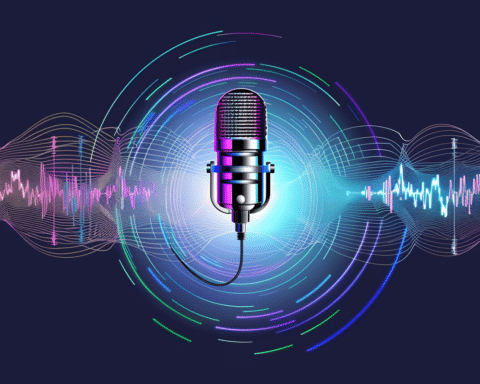In the rapidly evolving world of artificial intelligence, Microsoft is aiming to set itself apart by turning its AI chatbot, Copilot, into more than just a productivity tool. With a major update announced recently, the tech giant is shifting its focus toward making Copilot a more personable and engaging digital assistant, emphasizing not just its capabilities, but also how it interacts with users on an emotional level.
As AI tools become more prevalent, users often struggle to trust them due to their stiff, impersonal responses. Microsoft seeks to change this by transforming Copilot into an AI companion that feels more familiar and human-like. While previous versions of AI chatbots have been useful for tasks like planning trips or drafting emails, they often lacked warmth or exhibited odd behavior. With this update, Microsoft hopes to solve that problem, aiming to make Copilot a tool people want to interact with daily.
New Features to Enhance User Experience
The latest update introduces several new features designed to improve how Copilot engages with users. One of the most significant upgrades is the addition of real-time voice interactions. This allows users to have more natural conversations with the AI, mirroring the tone of the user while providing feedback, encouragement, and advice.
In addition, Copilot now has the ability to interpret both text and images on users’ screens. This feature opens up new possibilities for more interactive and personalized assistance, such as analyzing visual data or answering questions based on what users are viewing at any given moment.
Microsoft has positioned the updated Copilot as one of the fastest AI models currently available, but speed is not the sole focus. The company has prioritized the chatbot’s tone and style of interaction, aiming to offer practical help alongside a more supportive and engaging approach. This shift could help Microsoft differentiate Copilot from the growing number of AI chatbots on the market.
Competing in a Crowded Field
When Microsoft originally launched Copilot, it was seen as a leader in the AI space. However, in the 18 months since its debut, several competitors have developed more advanced features, such as voice interactions and seamless integrations with everyday tools like Google Search. With this update, Copilot is catching up, adding much-needed capabilities to stay competitive.
The voice feature, for example, is designed to subtly mirror the user’s tone, making interactions feel more natural. Whether helping users with daily tasks or offering advice, Copilot’s tone and manner aim to make the experience less robotic and more like conversing with a supportive companion.
Expanding the Role of AI in Daily Life
Microsoft’s vision for Copilot is to make it more than just a digital assistant. The company sees a future where AI companions like Copilot will be integrated into all aspects of users’ lives, from assisting with shopping to organizing plans or even providing emotional support. Microsoft envisions users turning to Copilot to help manage tasks across multiple devices, in their homes, cars, and beyond.
This vision builds on feedback from earlier versions of the chatbot, which received criticism for occasionally exhibiting concerning or erratic behavior. Microsoft has taken steps to address these issues, such as limiting the number of messages users can exchange with the bot in one session to prevent undesirable interactions. The company has also carefully developed Copilot’s personality to ensure it remains helpful without overstepping boundaries.
Tackling Privacy and Ethical Concerns
As AI continues to advance, concerns about user privacy and emotional dependency on AI tools have also emerged. To address these, Microsoft has been careful not to make Copilot too human-like, ensuring that it remains fun and familiar without encouraging unhealthy attachments. This approach is designed to build trust while maintaining a clear boundary between human users and AI tools.
In addition, new privacy measures have been introduced, particularly for features like “Copilot Vision.” Microsoft assures users that these features are entirely opt-in, and none of the content Copilot views on a user’s screen will be stored or used for training purposes. This step follows backlash from an earlier tool, where users expressed concerns over potential privacy risks.
Looking Ahead: What’s Next for Copilot
In addition to the personality upgrades, Microsoft is rolling out new daily features such as weather updates and news summaries, thanks to partnerships with major outlets like Reuters and the Financial Times. Power users also have access to experimental features through “Copilot Labs,” where they can test tools designed for more complex reasoning or image-based interactions.
With these innovations, Microsoft hopes to push Copilot beyond being just another AI assistant and into the realm of everyday companionship. As the AI landscape continues to evolve, Microsoft’s focus on personality and user experience may well set it apart in an increasingly crowded field.




